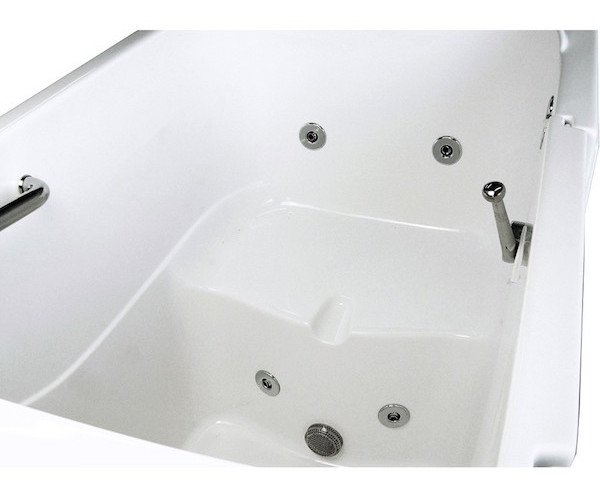Bariatric Vs. Standard Tubs: Bariatric tubs are different from most other walk-in tubs because they can hold people weighing up to 600+ pounds. Regular walk-in tubs can only hold people who weigh no more than 300 pounds.
Join for Free
Members get updates like best products for seniors and senior discounts delivered right to their inbox for free.



